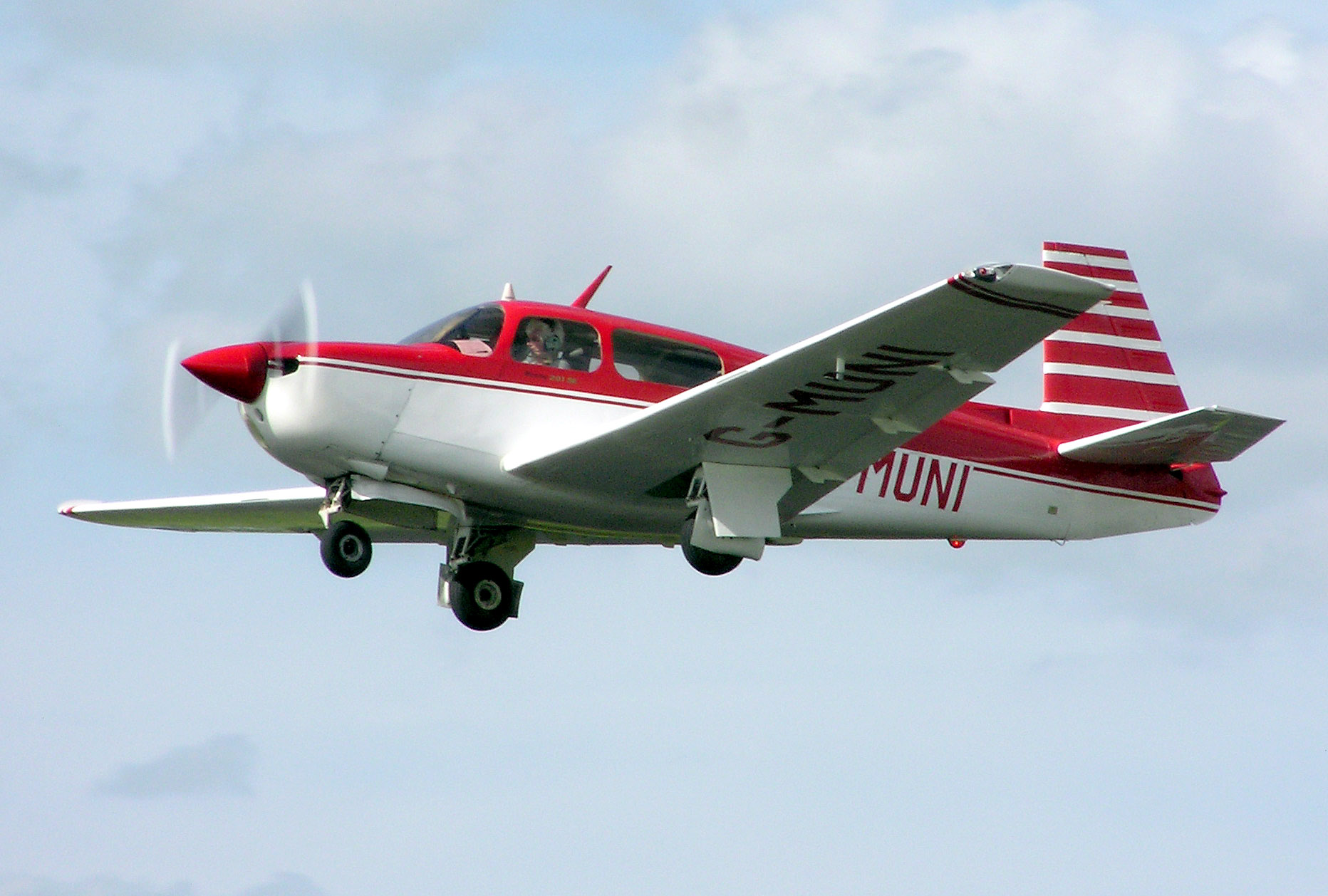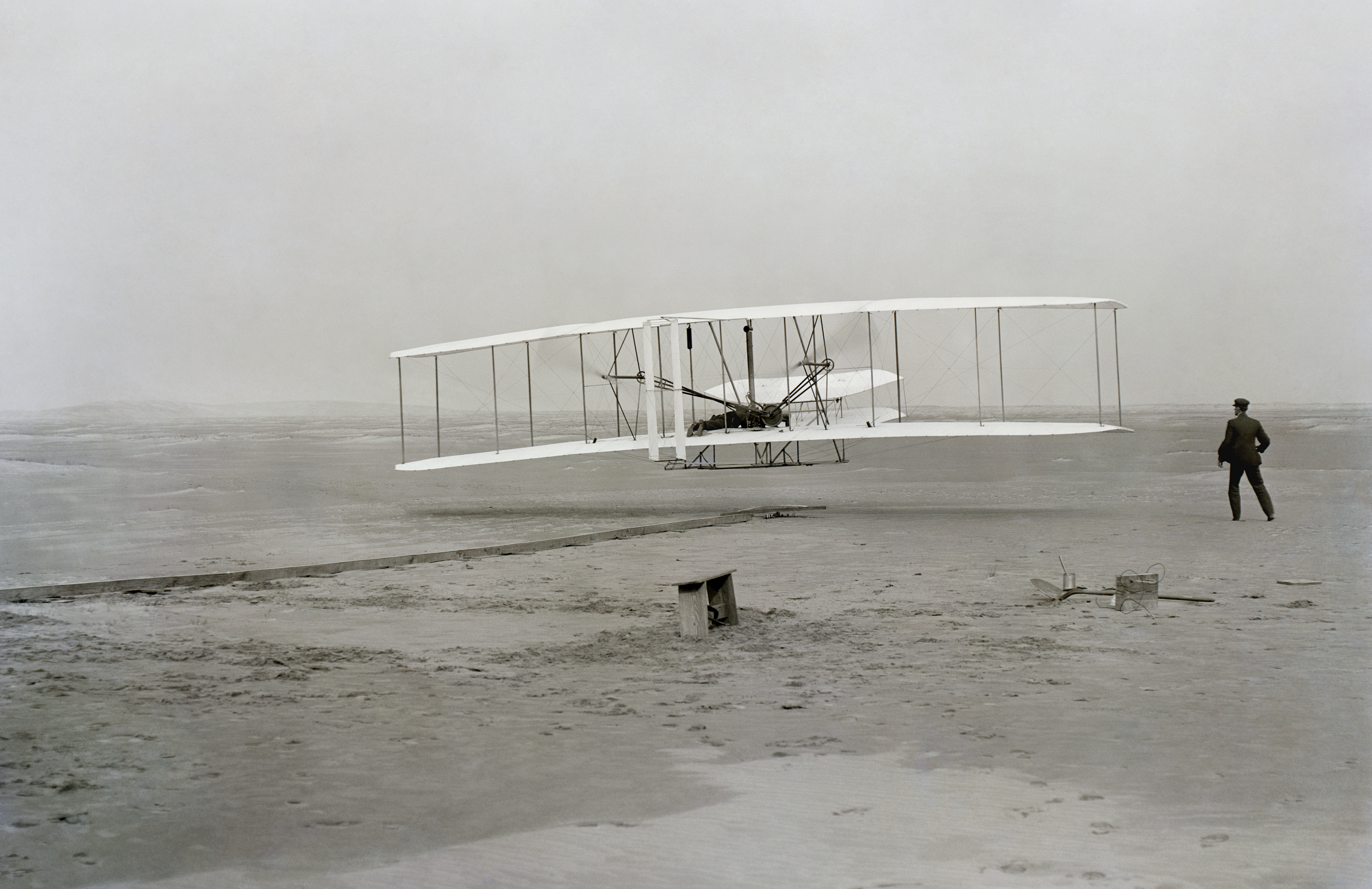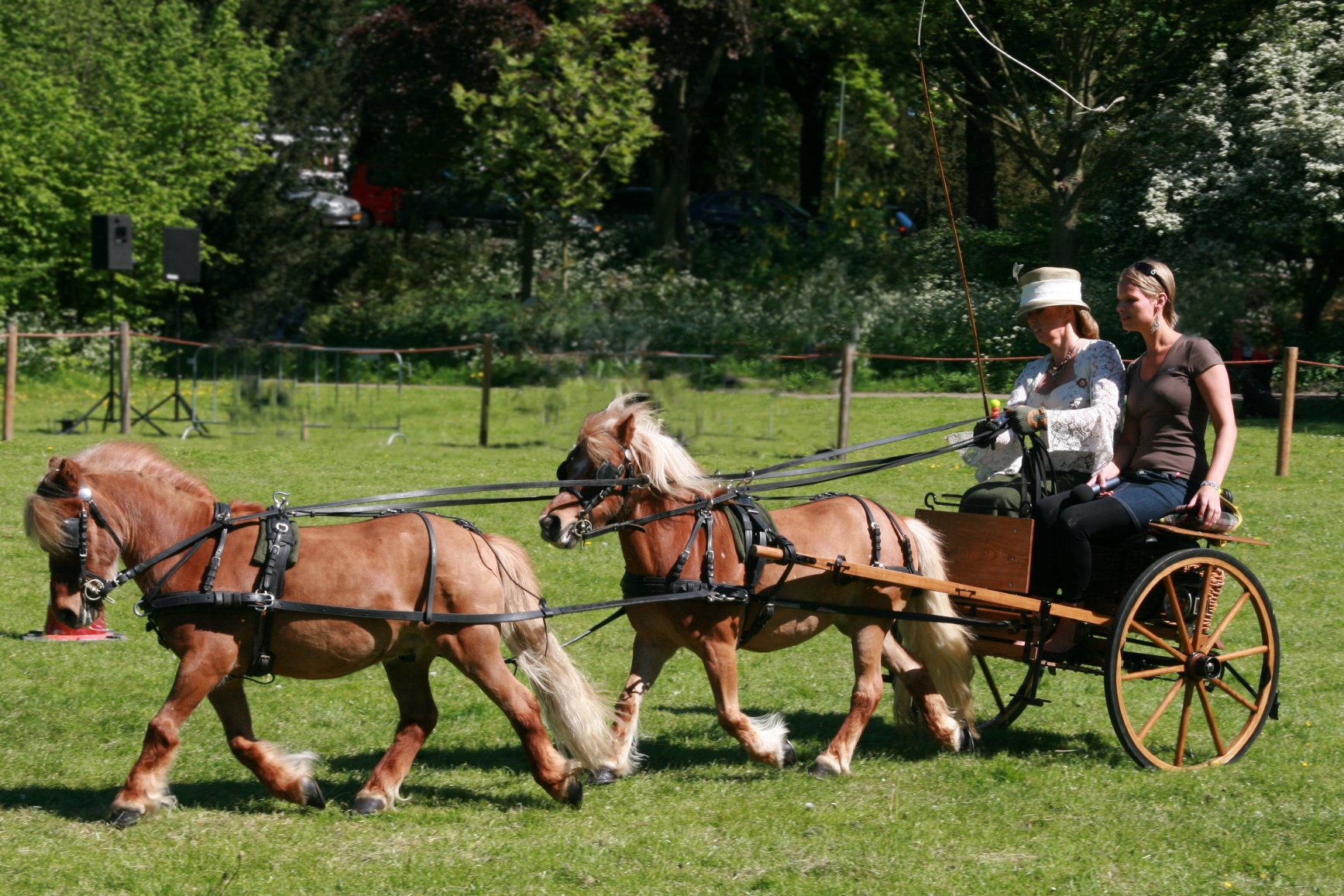|
Medway Av8R
The Medway Av8R ( en, Aviator) is a British ultralight trike designed and produced by Medway Microlights. The aircraft is supplied fully factory-built.Bertrand, Noel; Rene Coulon; et al: ''World Directory of Leisure Aviation 2003-04'', page 105. Pagefast Ltd, Lancaster OK, 2003. ISSN 1368-485XBayerl, Robby; Martin Berkemeier; et al: ''World Directory of Leisure Aviation 2011-12'', page 216. WDLA UK, Lancaster UK, 2011. ISSN 1368-485X Design and development The aircraft was designed as a touring trike, to comply with the Fédération Aéronautique Internationale microlight category, including the category's maximum gross weight of . The aircraft has a maximum gross weight of . The Av8R is certified to the British BCAR Section "S" standard. It features a cable-braced hang glider-style high-wing, weight-shift controls, a two-seats-in-tandem open cockpit, tricycle landing gear and a single engine in pusher configuration. The aircraft is made from tubing, with its double-surface R ... [...More Info...] [...Related Items...] OR: [Wikipedia] [Google] [Baidu] |
WikiProject Aircraft
A WikiProject, or Wikiproject, is a Wikimedia movement affinity group for contributors with shared goals. WikiProjects are prevalent within the largest wiki, Wikipedia, and exist to varying degrees within Wikimedia project, sister projects such as Wiktionary, Wikiquote, Wikidata, and Wikisource. They also exist in different languages, and translation of articles is a form of their collaboration. During the COVID-19 pandemic, CBS News noted the role of Wikipedia's WikiProject Medicine in maintaining the accuracy of articles related to the disease. Another WikiProject that has drawn attention is WikiProject Women Scientists, which was profiled by ''Smithsonian Magazine, Smithsonian'' for its efforts to improve coverage of women scientists which the profile noted had "helped increase the number of female scientists on Wikipedia from around 1,600 to over 5,000". On Wikipedia Some Wikipedia WikiProjects are substantial enough to engage in cooperative activities with outside organization ... [...More Info...] [...Related Items...] OR: [Wikipedia] [Google] [Baidu] |
Tricycle Landing Gear
Tricycle gear is a type of aircraft undercarriage, or ''landing gear'', arranged in a tricycle fashion. The tricycle arrangement has a single nose wheel in the front, and two or more main wheels slightly aft of the center of gravity. Tricycle gear aircraft are the easiest for takeoff, landing and taxiing, and consequently the configuration is the most widely used on aircraft.Crane, Dale: ''Dictionary of Aeronautical Terms, third edition'', page 524. Aviation Supplies & Academics, 1997. Aviation Publishers Co. Limited, ''From the Ground Up'', page 11 (27th revised edition) History Several early aircraft had primitive tricycle gear, notably very early Antoinette planes and the Curtiss Pushers of the pre-World War I Pioneer Era of aviation. Waldo Waterman's 1929 tailless '' Whatsit'' was one of the first to have a steerable nose wheel. In 1956, Cessna introduced sprung-steel tricycle landing gear on the Cessna 172. Their marketing department described this as "Land-O-Mati ... [...More Info...] [...Related Items...] OR: [Wikipedia] [Google] [Baidu] |
2000s British Ultralight Aircraft
S, or s, is the nineteenth letter in the Latin alphabet, used in the modern English alphabet, the alphabets of other western European languages and others worldwide. Its name in English is ''ess'' (pronounced ), plural ''esses''. History Origin Northwest Semitic šîn represented a voiceless postalveolar fricative (as in 'ip'). It originated most likely as a pictogram of a tooth () and represented the phoneme via the acrophonic principle. Ancient Greek did not have a phoneme, so the derived Greek letter sigma () came to represent the voiceless alveolar sibilant . While the letter shape Σ continues Phoenician ''šîn'', its name ''sigma'' is taken from the letter ''samekh'', while the shape and position of ''samekh'' but name of ''šîn'' is continued in the '' xi''. Within Greek, the name of ''sigma'' was influenced by its association with the Greek word (earlier ) "to hiss". The original name of the letter "sigma" may have been ''san'', but due to the ... [...More Info...] [...Related Items...] OR: [Wikipedia] [Google] [Baidu] |
Aircraft Engine
An aircraft engine, often referred to as an aero engine, is the power component of an aircraft propulsion system. Most aircraft engines are either piston engines or gas turbines, although a few have been rocket powered and in recent years many small UAVs have used electric motors. Manufacturing industry In commercial aviation the major Western manufacturers of turbofan engines are Pratt & Whitney (a subsidiary of Raytheon Technologies), General Electric, Rolls-Royce, and CFM International (a joint venture of Safran Aircraft Engines and General Electric). Russian manufacturers include the United Engine Corporation, Aviadvigatel and Klimov. Aeroengine Corporation of China was formed in 2016 with the merger of several smaller companies. The largest manufacturer of turboprop engines for general aviation is Pratt & Whitney. General Electric announced in 2015 entrance into the market. Development history * 1848: John Stringfellow made a steam engine for a 10-foot ... [...More Info...] [...Related Items...] OR: [Wikipedia] [Google] [Baidu] |
Rotax 912UL
The Rotax 912 is a horizontally-opposed four-cylinder, naturally aspirated, four-stroke aircraft engine with a reduction gearbox. It features liquid-cooled cylinder heads and air-cooled cylinders. Originally equipped with carburetors, later versions are fuel injected. Dominating the market for small aircraft and kitplanes, Rotax produced its 50,000th 912-series engine in 2014. Originally available only for light sport aircraft, ultralight aircraft, autogyros and drones, the 912-series engine was approved for certified aircraft in 1995. Design and development The Rotax 912 was first sold in 1989 in non- certificated form for use in ultralights and motorgliders. The original 912 UL engine has a capacity of and a compression ratio of 9.1:1. The engine differs from previous generation aircraft engines (such as the Lycoming O-235) in that it has air-cooled cylinders with liquid-cooled heads and uses a 2.43:1 PSRU reduction gearbox to reduce the engine's relatively hig ... [...More Info...] [...Related Items...] OR: [Wikipedia] [Google] [Baidu] |
Rotax 912
The Rotax 912 is a horizontally-opposed four-cylinder, naturally aspirated, four-stroke aircraft engine with a reduction gearbox. It features liquid-cooled cylinder heads and air-cooled cylinders. Originally equipped with carburetors, later versions are fuel injected. Dominating the market for small aircraft and kitplanes, Rotax produced its 50,000th 912-series engine in 2014. Originally available only for light sport aircraft, ultralight aircraft, autogyros and drones, the 912-series engine was approved for certified aircraft in 1995. Design and development The Rotax 912 was first sold in 1989 in non- certificated form for use in ultralights and motorgliders. The original 912 UL engine has a capacity of and a compression ratio of 9.1:1. The engine differs from previous generation aircraft engines (such as the Lycoming O-235) in that it has air-cooled cylinders with liquid-cooled heads and uses a 2.43:1 PSRU reduction gearbox to reduce the engine's relativel ... [...More Info...] [...Related Items...] OR: [Wikipedia] [Google] [Baidu] |
Four-stroke
A four-stroke (also four-cycle) engine is an internal combustion (IC) engine in which the piston completes four separate strokes while turning the crankshaft. A stroke refers to the full travel of the piston along the cylinder, in either direction. The four separate strokes are termed: #Intake: Also known as induction or suction. This stroke of the piston begins at top dead center (T.D.C.) and ends at bottom dead center (B.D.C.). In this stroke the intake valve must be in the open position while the piston pulls an air-fuel mixture into the cylinder by producing vacuum pressure into the cylinder through its downward motion. The piston is moving down as air is being sucked in by the downward motion against the piston. #Compression: This stroke begins at B.D.C, or just at the end of the suction stroke, and ends at T.D.C. In this stroke the piston compresses the air-fuel mixture in preparation for ignition during the power stroke (below). Both the intake and exhaust valves are clo ... [...More Info...] [...Related Items...] OR: [Wikipedia] [Google] [Baidu] |
Aircraft Fairing
An aircraft fairing is a structure whose primary function is to produce a smooth outline and reduce drag.Crane, Dale: ''Dictionary of Aeronautical Terms, Third Edition'', page 206. Aviation Supplies & Academics Inc, Newcastle Washington, 1997. These structures are covers for gaps and spaces between parts of an aircraft to reduce form drag and interference drag, and to improve appearance.Bingelis, Tony: ''The Sportplane Builder'', pages 261-265. Experimental Aircraft Association Aviation Foundation, 1979. Types On aircraft, fairings are commonly found on: ; Belly fairing : Also called a "ventral fairing", it is located on the underside of the fuselage between the main wings. It can also cover additional cargo storage or fuel tanks. ; Cockpit fairing : Also called a "cockpit pod", it protects the crew on ultralight trikes. Commonly made from fiberglass, it may also incorporate a windshield.Cliche, Andre: ''Ultralight Aircraft Shopper's Guide'' 8th Edition, page C-17. ... [...More Info...] [...Related Items...] OR: [Wikipedia] [Google] [Baidu] |
King Post
A king post (or king-post or kingpost) is a central vertical post used in architectural or bridge designs, working in tension to support a beam below from a truss apex above (whereas a crown post, though visually similar, supports items above from the beam below). In aircraft design a strut called a king post acts in compression, similarly to an architectural crown post. Usage in mechanical plant and marine engineering differs again, as noted below. Architecture A king post extends vertically from a crossbeam (the tie beam) to the apex of a triangular truss. The king post, itself in tension, connects the apex of the truss with its base, holding up the tie beam (also in tension) at the base of the truss. The post can be replaced with an iron rod called a king rod (or king bolt) and thus a king rod truss. The king post truss is also called a "Latin truss". In traditional timber framing, a crown post looks similar to a king post, but it is very different structurally: wh ... [...More Info...] [...Related Items...] OR: [Wikipedia] [Google] [Baidu] |
Polyethylene Terephthalate
Polyethylene terephthalate (or poly(ethylene terephthalate), PET, PETE, or the obsolete PETP or PET-P), is the most common thermoplastic polymer resin of the polyester family and is used in fibres for clothing, containers for liquids and foods, and thermoforming for manufacturing, and in combination with glass fibre for engineering resins. In 2016, annual production of PET was 56 million tons. The biggest application is in fibres (in excess of 60%), with bottle production accounting for about 30% of global demand. In the context of textile applications, PET is referred to by its common name, polyester, whereas the acronym ''PET'' is generally used in relation to packaging. Polyester makes up about 18% of world polymer production and is the fourth-most-produced polymer after polyethylene (PE), polypropylene (PP) and polyvinyl chloride (PVC). PET consists of repeating (C10H8O4) units. PET is commonly recycled, and has the digit 1 (♳) as its resin identification code (R ... [...More Info...] [...Related Items...] OR: [Wikipedia] [Google] [Baidu] |
Pusher Configuration
In an aircraft with a pusher configuration (as opposed to a tractor configuration), the propeller(s) are mounted behind their respective engine(s). Since a pusher propeller is mounted behind the engine, the drive shaft is in compression in normal operation. Pusher configuration describes this specific (propeller or ducted fan) thrust device attached to a craft, either aerostat (airship) or aerodyne (aircraft, WIG, paramotor, rotorcraft) or others types such as hovercraft, airboat and propeller-driven snowmobiles. "Pusher configuration" also describes the layout of a fixed-wing aircraft in which the thrust device has a pusher configuration. This kind of aircraft is commonly called a pusher. Pushers have been designed and built in many different layouts, some of them quite radical. History The rubber-powered "Planophore", designed by Alphonse Pénaud in 1871, was an early successful model aircraft with a pusher propeller. Many early aircraft (especially biplane ... [...More Info...] [...Related Items...] OR: [Wikipedia] [Google] [Baidu] |
Tandem
Tandem, or in tandem, is an arrangement in which a team of machines, animals or people are lined up one behind another, all facing in the same direction. The original use of the term in English was in ''tandem harness'', which is used for two or more draft horses, or other draft animals, harnessed in a single line one behind another, as opposed to a pair, harnessed side by side, or a team of several pairs. The tandem harness allows additional animals to provide pulling power for a vehicle designed for a single animal. The English word ''tandem'' derives from the Latin adverb , meaning ''at length'' or ''finally''. It is a word play, using the Latin phrase (referring to time, not position) for English "at length, lengthwise". Tandem bicycles are named for their tandem seating, a more common arrangement than side-by-side " sociable" seating. ''Tandem'' can also be used more generally to refer to any group of persons or objects working together, not necessarily in line. Au ... [...More Info...] [...Related Items...] OR: [Wikipedia] [Google] [Baidu] |






